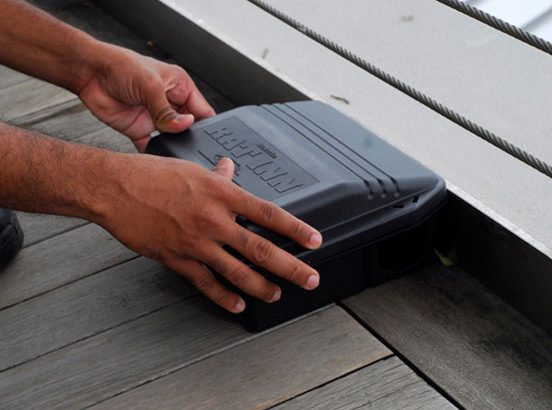Many a time, you may think about commencing a pest control session at your workspace or commercial building, but end up leaving that thought unattended because you might not have adequate knowledge on how to commence it and what its after effects are.
Well, a lot of Singaporean employers and maintenance staff deal with the same stress every day, but the solution lies within a knowledge-based approach that can easily be conducted by contacting a few rodent control service providers and pest management professionals to find out more about the relevant insect / pest biology and treatment methodology.
If you wish to know about how to manage health while commencing rodent and pest control works, here are the basic dos and don’ts:
- Prevention is the First Step
If you catch sight of mice and insects in your workspace, stores, cafes, washrooms, inventories, and other prominent places quite often, then the first step towards pest control is removing all the sources of food, water and shelter from the affected areas. Store your food in tight containers, handle food scraps carefully in trash cans, fix pipe leakages in cafeterias and washrooms, and never leave food and water unattended. Additionally, ensure that your storerooms don’t have any clutter by removing all the old stacks of magazines, newspapers, or cardboards. At last, clear all the areas and close holes and gaps where pests/mice can enter, hide and breed.
- The Correct Monitoring Approach is Important
Performing rodent monitoring is a tough task, but things can be streamlined if you are aware of the methods that can be used to get rid of them completely.
In traditional monitoring methods, a periodic, regular visual inspection is done by a pest control vendor in an effort to locate signs of rodent activity. Unfortunately rodents are smart creatures and one would rarely find the rodent waiting around to say hi to the unsuspecting inspector. Instead, a 24/7 electronic monitoring approach allows us to outsmart the rodents, as they go about their regular activities, allowing the electronic monitors to pick up their movement patterns and behavior. This information is the key to winning the war against rodents, as this method of monitoring can give us critical data such as: activity zones, pathways, entry points and population sizes.
- Act Fast, Play Smart
Rodents reproduce very quickly and in a matter of 1-2 months, your premises can go from supporting a pair of rodents to a whole family of them. As such, it is critical that you act fast once you have the data to establish the population size and activity areas of these rodents. A variety of conventional and newer designs of traps are available in the market, and can be deployed using food bait instead of chemicals to attract the rodents to these traps. Dried squid and peanut butter are common options used due to their strong smell and the rodents’ preference for such foods.
- Perform the Disposal With High Consciousness
Once the rodents have successfully been trapped, it is advisable to dispose of the carcasses carefully and considerately, as they can be a source of disease and bacteria. Carcasses should be double bagged and disposed of in a compactor, where the trash gets regularly sent off for incineration.
If this sounds like way too much work on top of your regular job, then engage a pest management professional and insist on a 24/7 rodent monitoring system to help you solve your rodent related problems!
